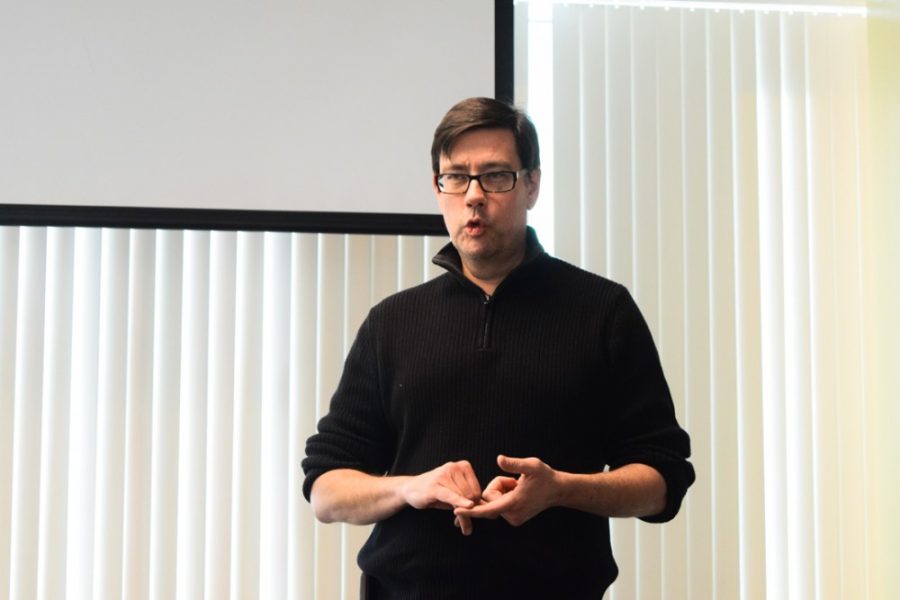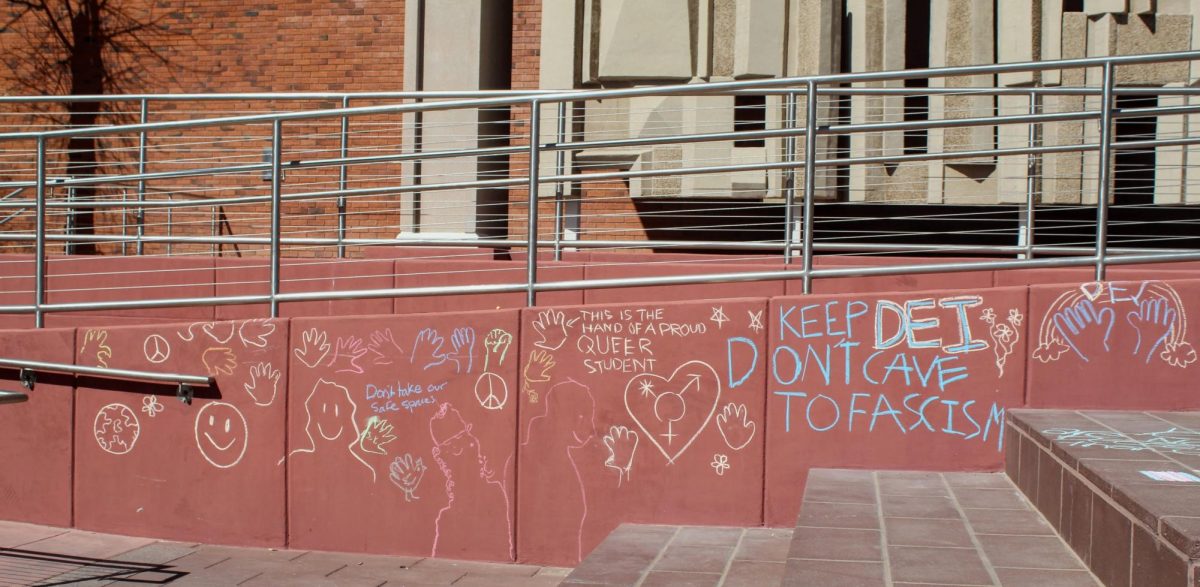UA graduate students met with Sen. Steve Farley and Rep. Stefanie Mach from District 10 in a Town Hall meeting to voice opinions regarding proposed budget cuts, which are rumored to be more than originally proposed.
Lindsey Fera, a post-undergraduate student and administrative associate in the College of Agriculture and Life Sciences, said she is fearful of how the budget cuts will impact the department and of potential effects on future generations of students.
“I think that college students have a voice, but I don’t think it is as loud as it could be,” Fera said, “and they are definitely not heard as often as they should be or need to be.”
Farley said the problem stems from incredibly low voter turnout by those who aren’t concerned about college students’ futures. They are looking at what lobbyists tell them about certain bills and come up with a vision to destroy the government and have individuals take control of their own futures.
“The people who are voting are conservative, incredibly not diverse and old and they are voting for these kinds of legislators,” Farley said. “Since 1990, we have cut more than $4 billion a year in tax cuts from our general fund, and we would have more to spend this year if we haven’t done these tax cuts. We do have the money, and we have always had the money.”
Jasmine Sears is the assembly chair for the Graduate and Professional Student Council and a graduate optics student.
“I know that college students don’t vote and that we get ignored to some extent when we do talk because we don’t vote,” Sears said. “I don’t think it is so much that we don’t have a voice as it is that we don’t use it effectively, and we are not using it in a way that convinces people they ought to listen to us.”
Mach said the UA is the state’s largest employer and has more economic output than they bring in from the state. However, community colleges are only cut by 50 percent, and universities are cut $75 million, Mach added.
All of the university presidents have heard rumors about the budget being cut down even further because of other budget issues, such as the $330 million that is supposed to be going into K-12 education.
“The state of Arizona budget is about $30 billion in total, and most of it is federal money, and on the state side, it is about $9 billon, two of which is the amount we can move with, because we can’t leave jails without locks and there are certain mandates that we need to fulfill,” Mach said. “Of the budget items that are easiest to take from, higher education is one of them.”
In Arizona, the recovery is lagging from the rest of the nation, even though the tax cuts put into place were supposed to help create jobs.
Farley suggested students should build coalitions of people being “screwed over by these cuts over the last few years” who can appeal to older voters to make changes in funding higher education.
Isoken Adodo, president’s chief of staff for GPSC and a school psychology graduate student, is frustrated that education on any level is considered a discretionary fund, allowing for manipulated numbers that indicate funding issues are with K-12 and higher education.
“College students have a voice, but right now, it is at a whisper, and we need to get it to a roar,” Adodo said. “Graduate students need to pay attention to what is going on around them to ensure situations like this are not occurring.”
Farley said that some other factors that could cause more budget cuts are “revenue projects, school enrollment projections, case load projections for AHCCCS and the governor underfunded the court-ordered inflation funding for our K-12 schools.”
Farley added that, with all of these items combined, “another $5 million” could be cut, which could be a problem if universities were sought after more.
“Everyone’s got a voice; it’s whether you choose to use it or not,” Farley said. “I sure hope college students use their voices more often.”
_______________
Follow Amber White on Twitter.









